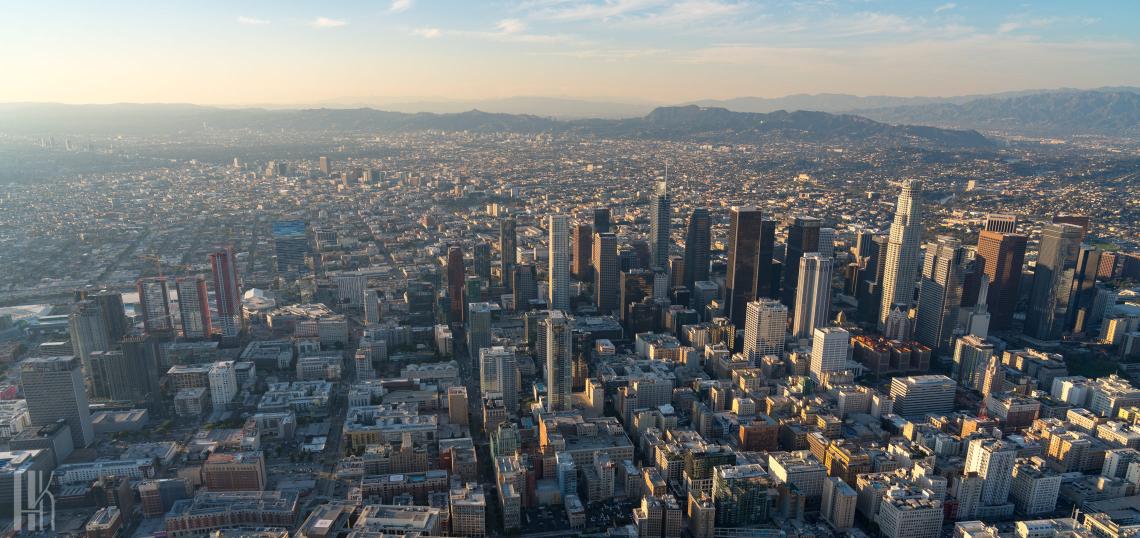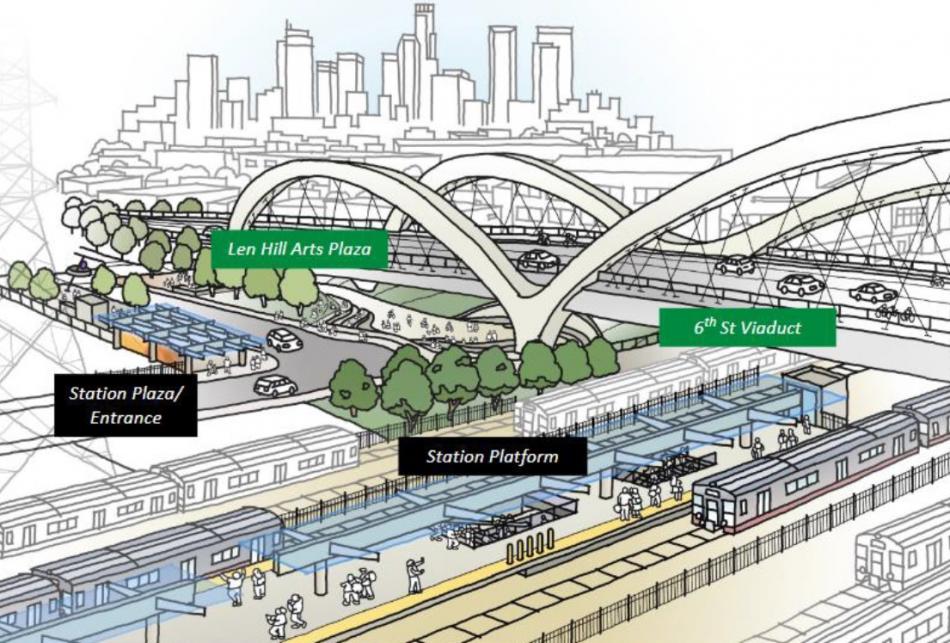Following the adoption of the DTLA 2040 plan, Downtown Los Angeles is primed to add upwards of 175,000 residents and 100,000 jobs over the coming two decades. A new proposal aims to capitalize on that growth to fund the neighborhood's ever-growing list of unfunded park and transportation projects.
On November 7, 14th District Councilmember Kevin de León introduced a motion which calls for creating an Enhanced Infrastructure Financing District which would be bounded by the Los Angeles River to the east, the 110 Freeway to the west, and the 10 Freeway to the south. The northern boundary would include stretches of 1st, 2nd, and 3rd Streets, as well as the 101 Freeway. An EIFD covering this geographic area, per a study by the Kosmont Companies commissioned by the Economic and Workforce Development Department, could generate between $1.5 billion and $3 billion for various projects in the area.
"The time is now to invest in the future of Downtown Los Angeles,” said de León in a news release. “Downtown is the fastest growing community in the city, and with this growth comes the demand for expanded infrastructure that can support our residents and businesses. The EIFD is a fiscally responsible and creative instrument that will secure the critical infrastructure development for expected growth in DTLA."
"Tax increment financing (TIF) works by freezing the property tax revenues that flow from a designated project area to the city, county, and other taxing entities at the 'base level' in the current year," reads a page describing EIFDs from the SCAG website. "Additional tax revenue in future years (the “increment”) is diverted into a separate pool of money, which can be used either to pay for improvements directly or to pay back bonds issued against the anticipated TIF revenue."
Downtown business interests and city officials have long considered an EIFD as a potential mechanism for fixing many of the neighborhood's infrastructure woes. The new motion from de León suggests that such a district might provide funding for affordable and supportive housing, as well as the planned grade separation of Pico Station, the makeover of Pershing Square, and the extension of Metro's B and D Lines to the Arts District.
Forming an EIFD will require cooperation with other government agencies - specifically, Los Angeles County. The motion instructs the Economic and Workforce Development Department to work with the County on the development of an EIFD package for presentation to the County Economic Development Policy Committee. Should the committee approve of that plan, a resolution of intent to form a Downtown EIFD would be submitted to the City Council for consideration.
The item has been referred to the City Councils Trade, Travel, and Tourism Committee for consideration.
In addition to the Downtown core, EIFDs have been pitched as a means of realizing Los Angeles River projects, redevelopment in San Pedro, and a makeover of the Hollywood Walk of Fame. Likewise, the City of West Hollywood is considering an EIFD to accelerate construction of the Crenshaw Line's northern extension.
Follow us on social media:
Twitter / Facebook / LinkedIn / Threads / Instagram
- Downtown (Urbanize LA)







